
4 Of The Most Common (Yet Least Important) Nutritional Questions About Weight Loss

It’s painfully ironic.
What some people view as the most important questions behind what to eat and do to lose weight, sometimes are the least important.
So if what we’re focusing on doesn’t matter, and if what we aren’t focusing on, does matter, what are we supposed to do?
Focus on the right stuff.
Here’s a closer, tactical look at some of the most common questions that I get on a daily basis (and what to really focus on that’s important).
Painfully Common Nutritional Questions That (Mostly) Don’t Matter
Truly, the first question here is really the only one that actually matters: what the heck should I be eating each meal?
This one matters more than anything, because it controls:
- How often you eat (whether or not it keeps you full)
- How full you stay
- How much nutrition you get
- Whether or not you’re going to get cravings or potentially binge later
- … And if it often even controls how much you end up eating
1. “What Should I Really Be Eating?” <== Only Important Question
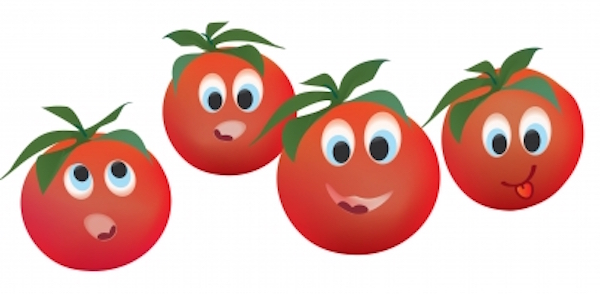
When it comes time to eat, you don’t ever feel like a confused tomato? Well, then you’re weird.
When people ask me what should I really be eating, here’s what we often mean.
Carbs – those are bad right, should I eat them?
What about protein?
And fat, that makes you fat, yes?
What about all the other stuff – liquid calories, fruit juices, quinoa, rice cakes, cereal, red meat, olive oil – where does all this fit in here?
Dr. David Katz, director of Yale University Research Prevention Center, wrote in an article how it doesn’t matter if you go high fat or low fat, there are cultures all over the world eating both ways – and living very long.
The people in Ikaria, Greece, and Sardinia do just that on a high fat diet.
The French are also notorious for eating high fat diets (lots of cheese, for example), and wine, and outlive Americans with a better quality of life too.
Then, you’ve got the Okinawans eating a low fat diet, with crazy amounts of people that live to 100.
It’s more a matter of the big picture – what else we’re eating.
Guess what?
It’s true about carbs too. You find cultures like in Papua New Guinea that eat 70, 80 or 90% carbs and look like athletes, with sculpted bodies.
And you find cultures like the eskimo who eat almost entirely meat and fat.
Well, crap, if it’s not about fat and carbs, what’s the deal?
Here’s what I recommend for your sample meals:

- Aim for 4-5 oz of protein (Chicken/fish if you like them, vegan or vegetarian sources of protein if you don’t)
- Fill half of your plate with sautéed veggies (go for it, add olive oil, garlic, salt, pepper – they can taste good)
- Add a handful of low G.I. carbs
Here’s a sample guide on losing your next 10 pounds.
Since one of the core principles I recommended was to eat at least 30g protein with each meal, here are some recommendations from recipe sites:
Breakfast:
Lunch:
Dinner:
Like anything, these just serve as guidelines, if you aren’t into any of these foods, test, tweak and alter them.
The point is to get the basic principles down – 30g protein with each meal. Just this one tiny nutritional habit for now.
Vegetarian and vegan sources are totally cool, too.
Nutritional Habit #1
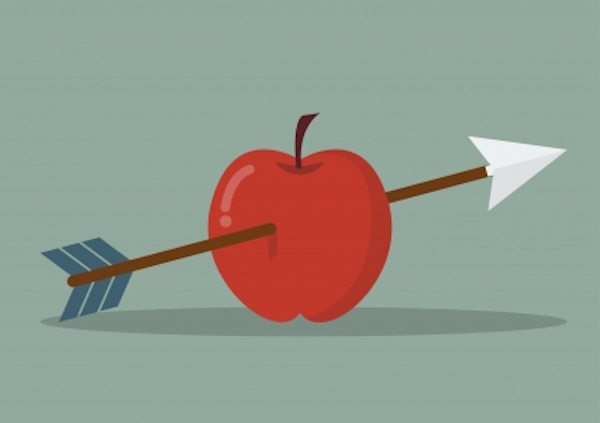
Add 30g of protein to each meal.
Now, there are dozens of ideas and principles and tips and tricks I could’ve given you – but this goes against my entire philosophy here.
Pick a few things, and do them well. That’s what results in long term health, incredible energy, pain-relief, and looking/feeling exactly how you want to look and feel.
If you’re vegetarian:
Here’s your habit instead, because getting 30g of protein in a meal is both difficult and unnecessary.
Emphasize a few things:
- Make sure you’re eating lots of vegetables, rather than lots of carbs – carbitarians get fat, fast, since the lack of meat usually makes them eat more carbs than normal.
- Make sure you’re eating whole versions of foods. If you’re switching to a more vegetarian diet, make sure you’re eating brown rice vs white rice, and whole wheat bread vs white bread. Better yet – if you want to lose weight quicker, try removing bread for a short period of time to see how you feel. Try brown rice or quinoa.
2. “Is There A Way to Lose Weight Without Obsessing About Calories?”
Years ago, I wrote one of the most important articles that I’ve ever put together:
I got SO many questions about counting calories that I wanted to show people how there is a different way to regulate how much you eat, without thinking about how much you eat.
For decades, the prevailing wisdom has been simple: Eat less, move more – blah blah blah.
We’ve heard this crap a thousand times!
But how well has it worked for you so far?
I could care less how “proven” or “effective” some advice is, if it flat out doesn’t work for people in their day to day lives.
Is it really that proven, then?
Back to the calories thing.
Yes, at a high level, if people burn more calories than they consume, they lose weight. But here’s why that formula is deceptive.
Different foods give you different levels of fullness, affect hormones differently, and even go down easier when you eat them.
For example, take a look at these two things here:
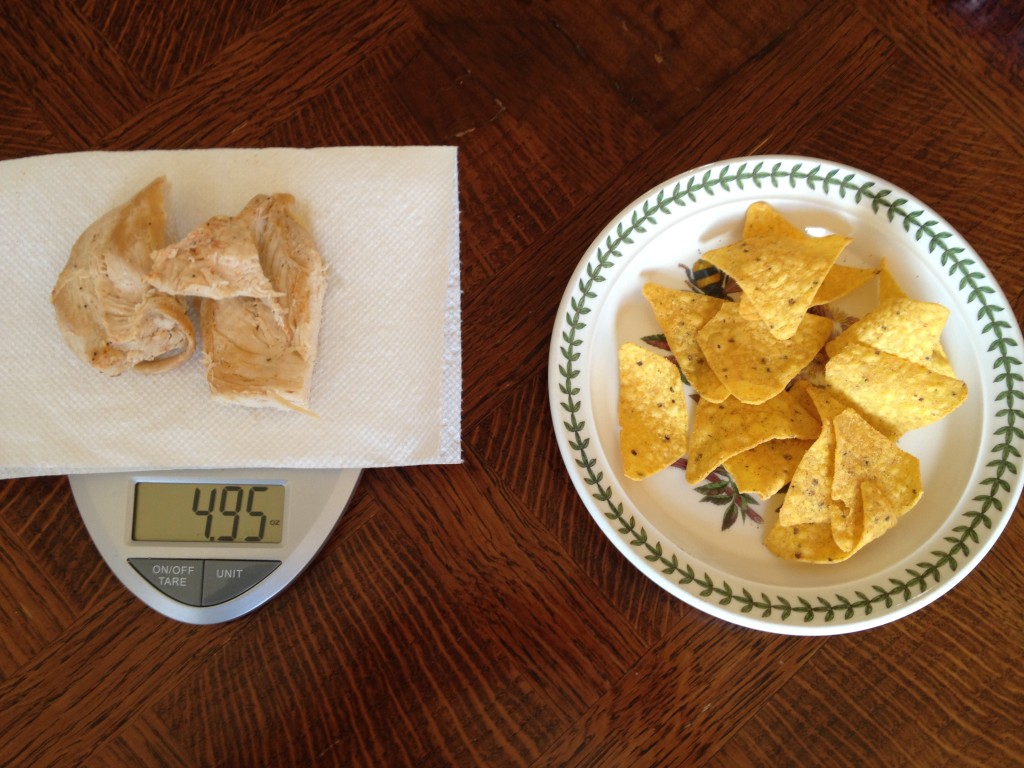
Consider the facts: that 5 oz of protein would leave me extremely full, yet it’s only 150 calories.
And the Doritos on the right are also 150 calories, but I could easily put down five or ten handfuls that big.
If it’s just about calories, how is this possible?
One of the things is that processing, as well as the food composition, affects how full food makes you feel.
Natural animal protein (or veggie protein) is high in fiber and water, which makes us more full.
The Doritos on the right are carbohydrates (notoriously easy to binge on), have sugar, fat, and salt, which affects how “easy” they go down: their palatability.
They are actually engineered (yes, in a lab) to be more like this, since the better they taste, the more we buy.
So, scientifically, what we eat affects how full we feel – even if we eat more calories we can feel less full.
There are two ways that big companies do this (or even going out to a nice restaurant can mimic this):
- Additives: sugar, fat and salt all improve flavor and make it really easy for food to go down, and for us to overeat
- Macronutrients: Protein, fat and carbohydrates differ in how full they make us feel. For example, this study found that fullness was highest on the high-starch and high-protein diet, compared to the higher fat diet. This is one reason why I based my programs around eating higher protein (veggie and vegan protein is fine, too!)
Now you can probably guess my answer.
Yes, you can lose weight without counting calories, without obsessing over each point, calorie, and ratio, and without having your entire life dominated by food and all the little tracking measurements.
Hopefully, that feels pretty awesome right about now.
3. “How Often Should I Eat/When Should I Eat? (Carbs, fats, meals, snacks?)”
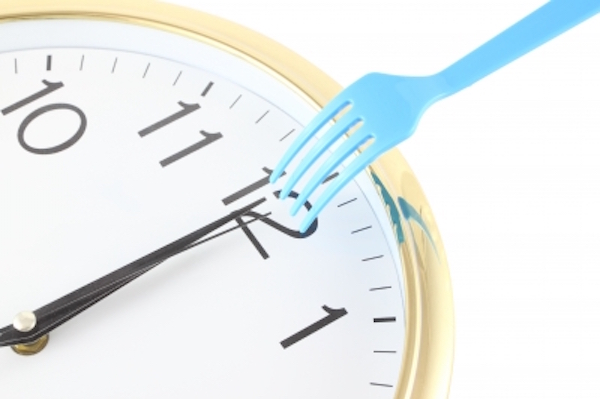
Okay, now you have a roadmap for specifically what to eat.
But should you eat small meals, six times a day, regular meals 2-3 times a day, or something in between?
Avoid carbs after six, right?
Well, this one is easy to answer.
Studies have found that it doesn’t matter how many times a day you eat, as long as the calories or the kinds of foods you eat are the same.
For example, this one compared eating six meals a day versus three meals, and found no difference at all on fat oxidation.
Plus, it doesn’t matter if you have carbs past six.
4. “How Much Should I Put on my Plate? How Should I Portion It?”
Well, now I get to actually have some fun!
Since we’re all glued to our ipads and iphones, here’s how you can measure out your portions, relative to those devices:
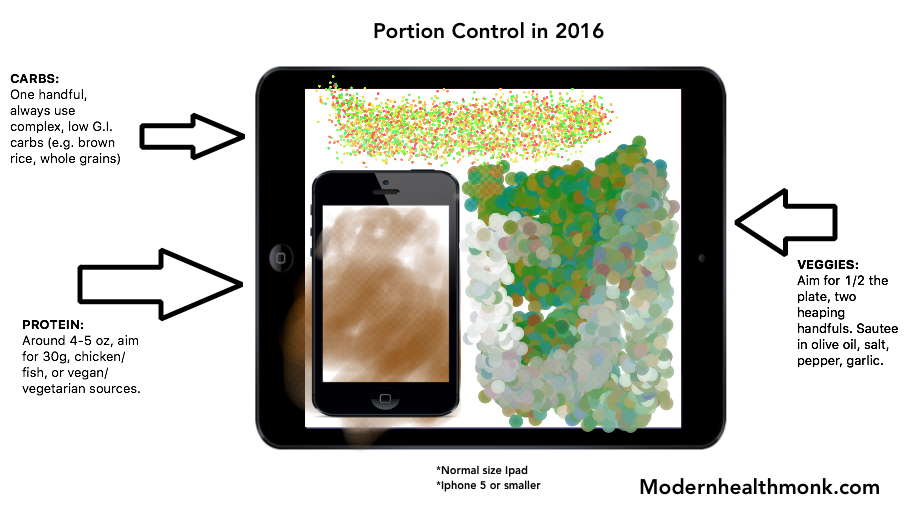
Make this image larger by clicking here.
Cool?
This is based off the protein, veggie, and carb recommendations that I gave above.
So – it’s slightly higher protein.
It’s still plant-based.
And you’re still eating carbs.
Win, win, win, everybody loves me now.
There you have it – an introductory guide to busting some of the common nutritional myths I hear on a daily basis.
Your Tiny Habit For Today
Remember a few key things.
What you eat is the most important (and often most difficult) part of a body transformation.
How often you eat largely doesn’t matter for the average person.
When you eat also largely doesn’t matter.
Just focus on the right food, and right meal proportions (given above).
Bonus points if you eat off your ipad and send in a picture.
What are your thoughts on this? Comment below.
-Alex
Images: some used with permission from freedigitalphotos.net
.
..
Have You Read My New Book Yet?
Read more about this in my book Master The Day. You’ll learn the nine daily success habits I learned interviewing people that lost 100+ pounds and kept it off in a healthy way – by changing their habits. Plus, you’ll get a free $100 video course if you show me your receipt.

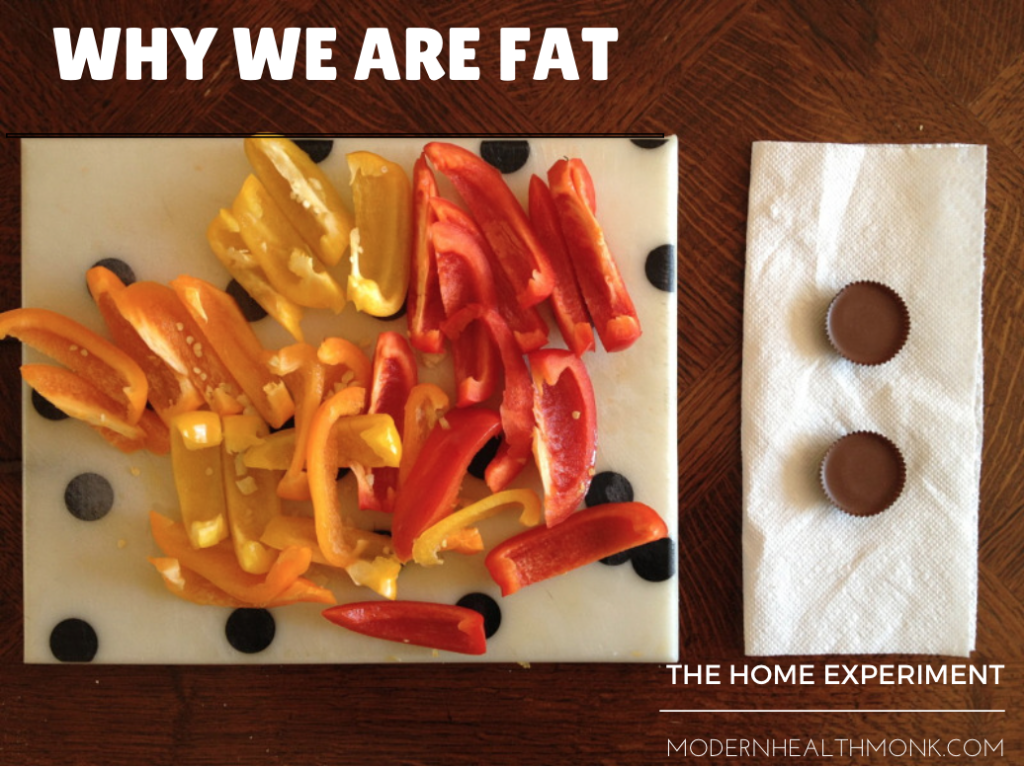
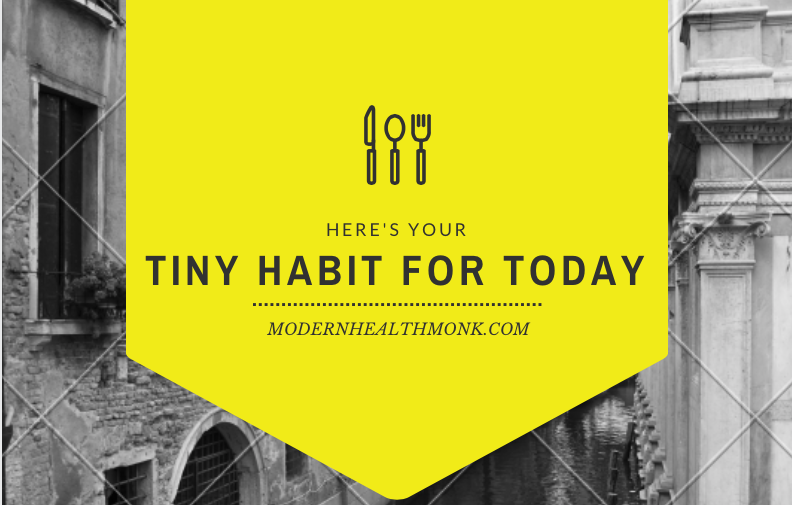

great info thanks
You’re welcome Laurie !
Excellent
Love the bit with the iPad, that’s very clever
Glad you liked it Edwina 🙂
Two suggestion which has helped me a lot are –
1. When you go for grocery shopping, look for sources of protein and good fat. Carbs would automatically included in these two. This has helped me in controlling my Carb intake.
2. Adopting the mentality of “I can but I won’t”; that is a life style change. When you are tempted to eat that donut, just say it to yourself “I can but i won’t” taking the power right in your own hands.
Hello from reader from a metric system country. 30 g of chicken is not much, so I assume you mean protein content in a food, but you do not say that. (I wish you would add metric amounts always also, and not switch between oz and g) and be more clear of what it means “add 30 g of protein”. So does it mean I could add 30 grams of protein powder instead?To get 30 g pure protein I would need to have 50 grams of protein powder. You leave out that you need to find out the protein content of a food item and calculate how much of the item is needed for 30 g? My pure protein need per day is less than 100 grams. It is very oversimplifying to say that everybody would have the same needs of protein. The need of protein is quite different for 20 something athletic male and a woman in menopause age. So even though I mostly like your content, I think you are a bit over your head here, in world of nutrition and offering advice that is based on, yes on what is it based? Your nutritional education? Blogs you have read? Your own experience? Hearsay?
Hi Sieppi,
30g protein content. It comes from experience and coaching clients.
-Alex